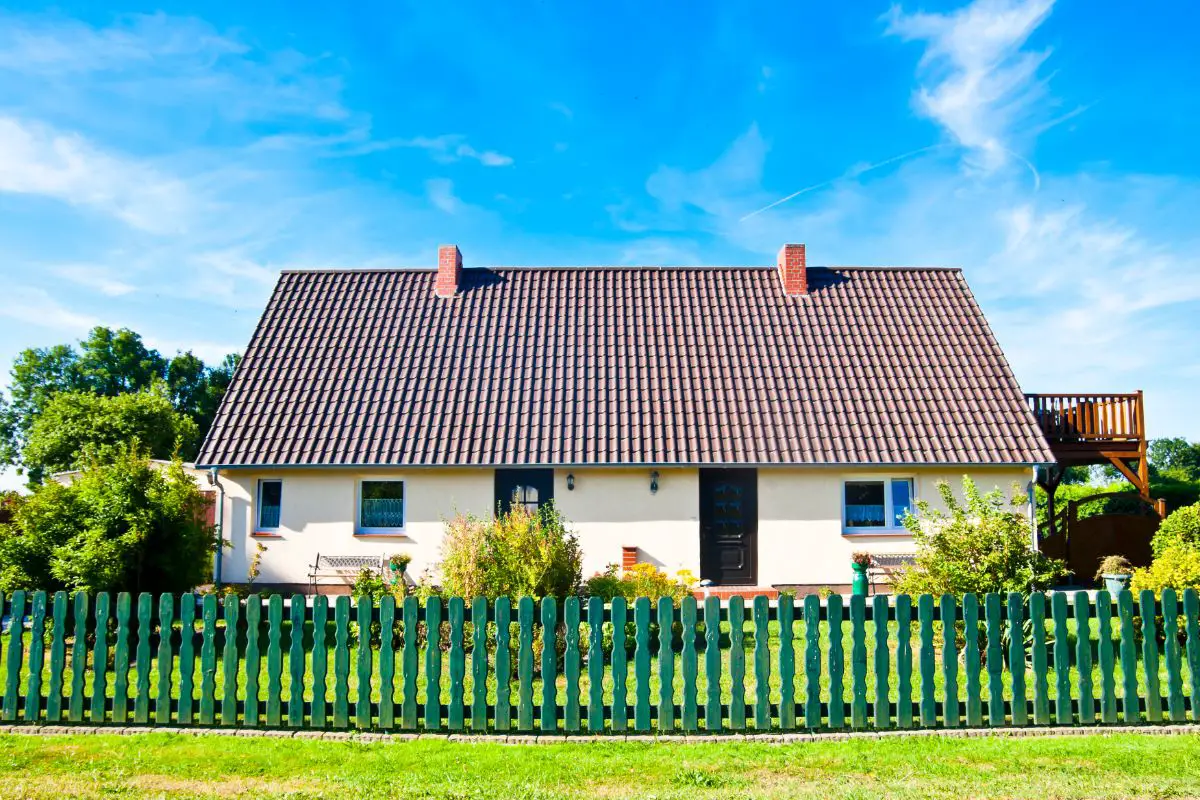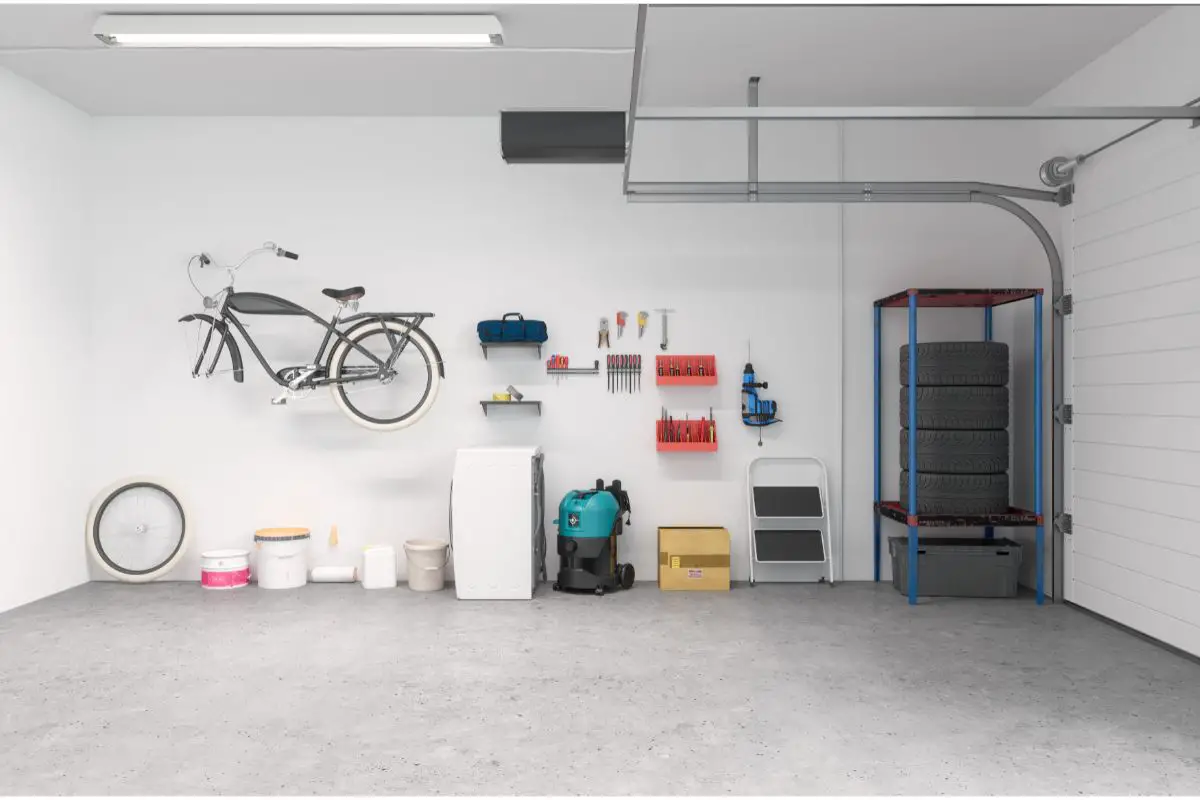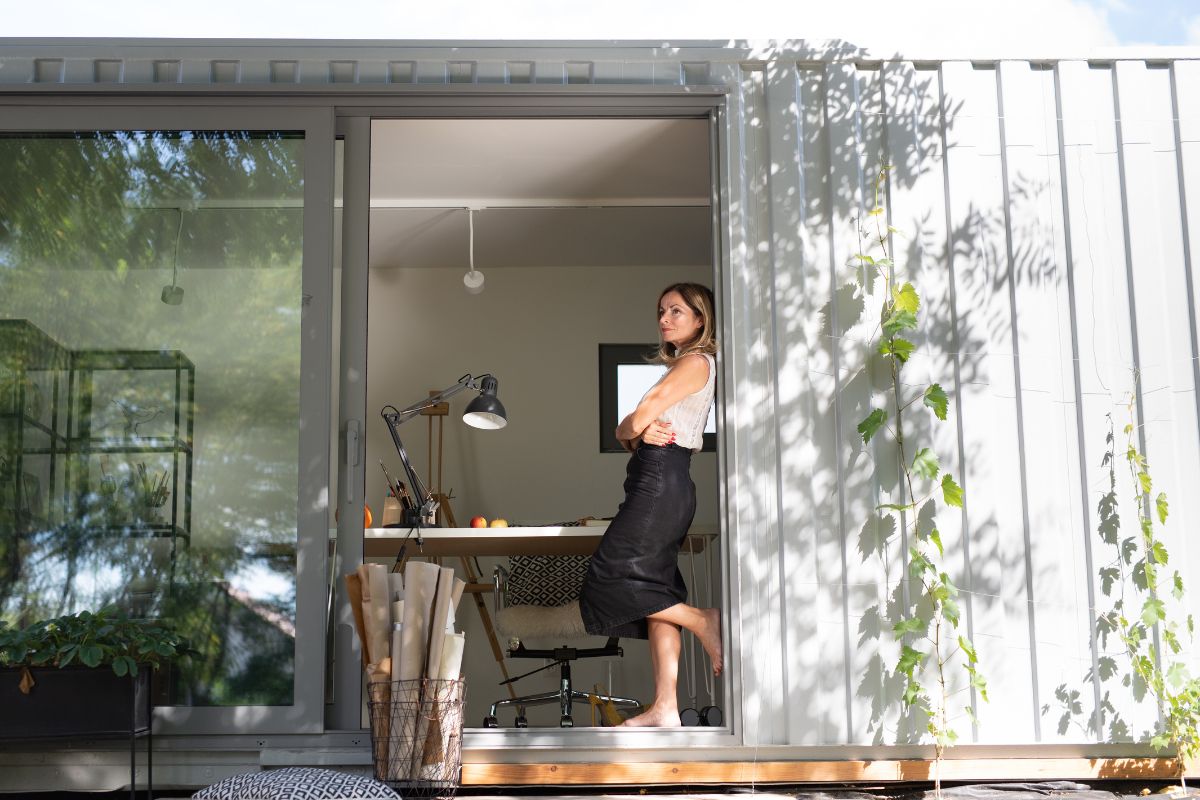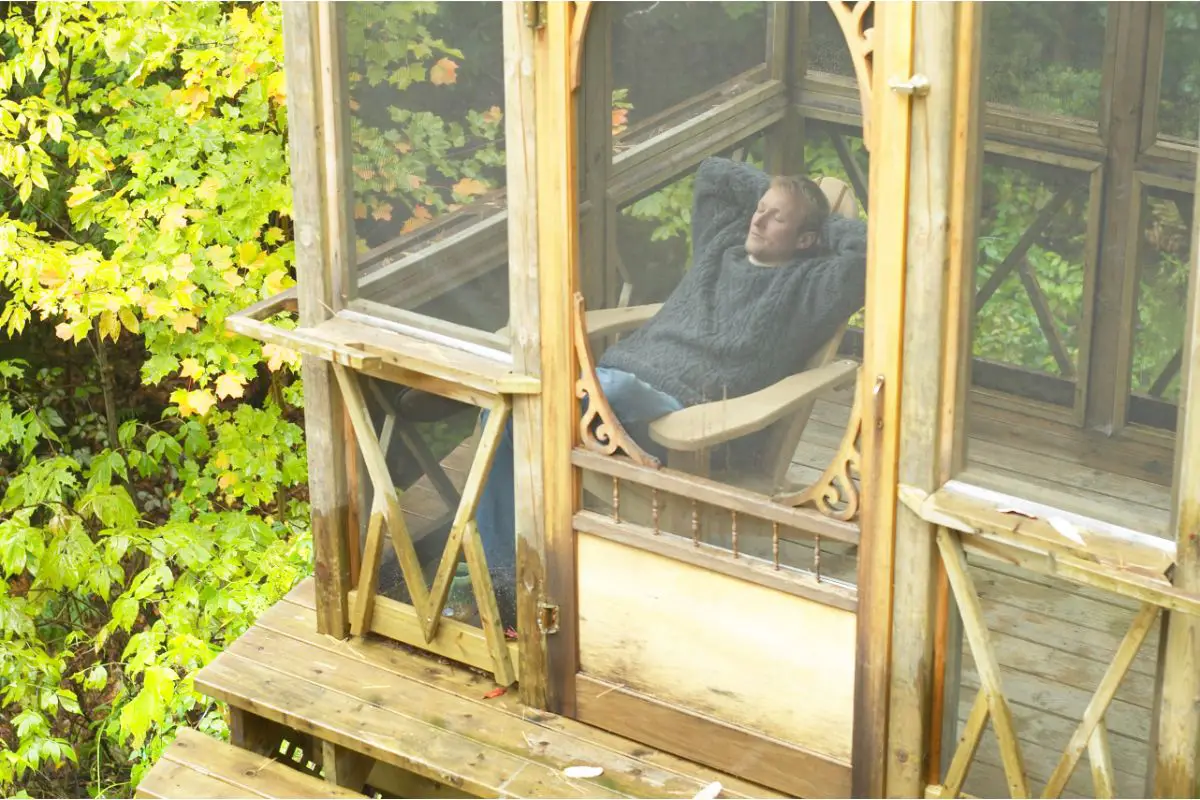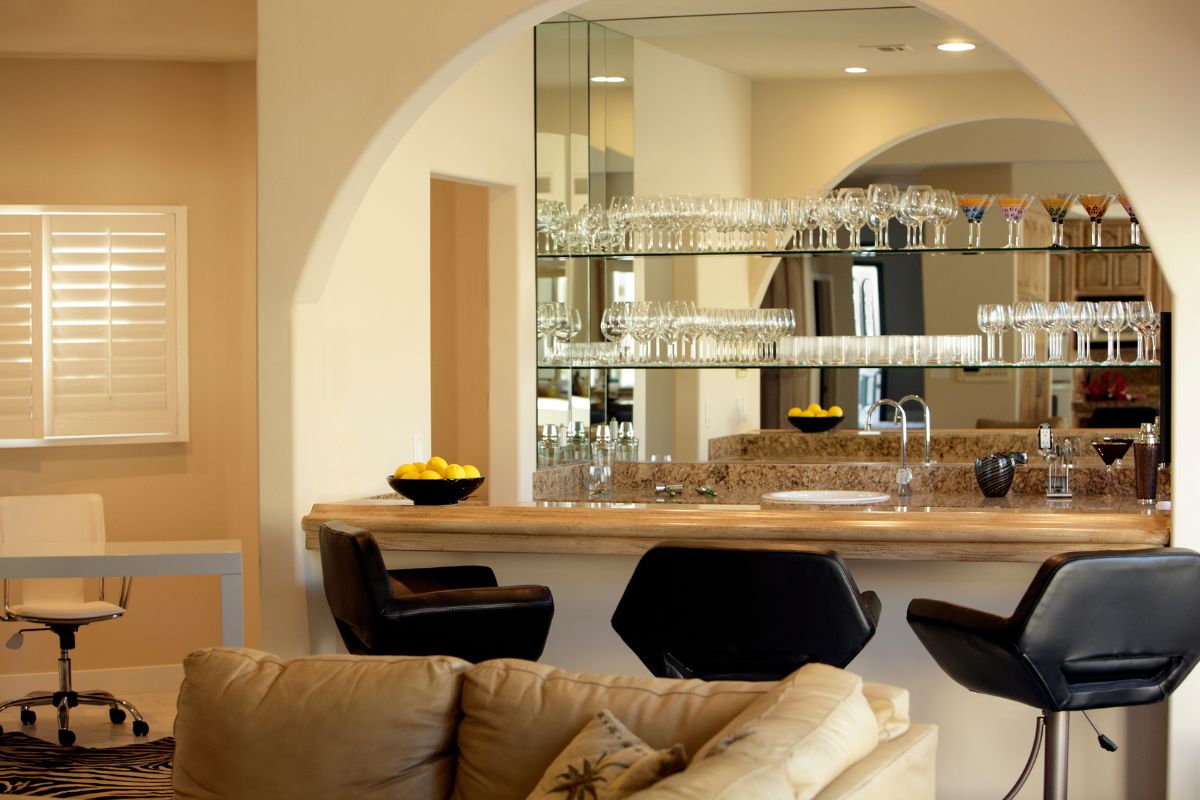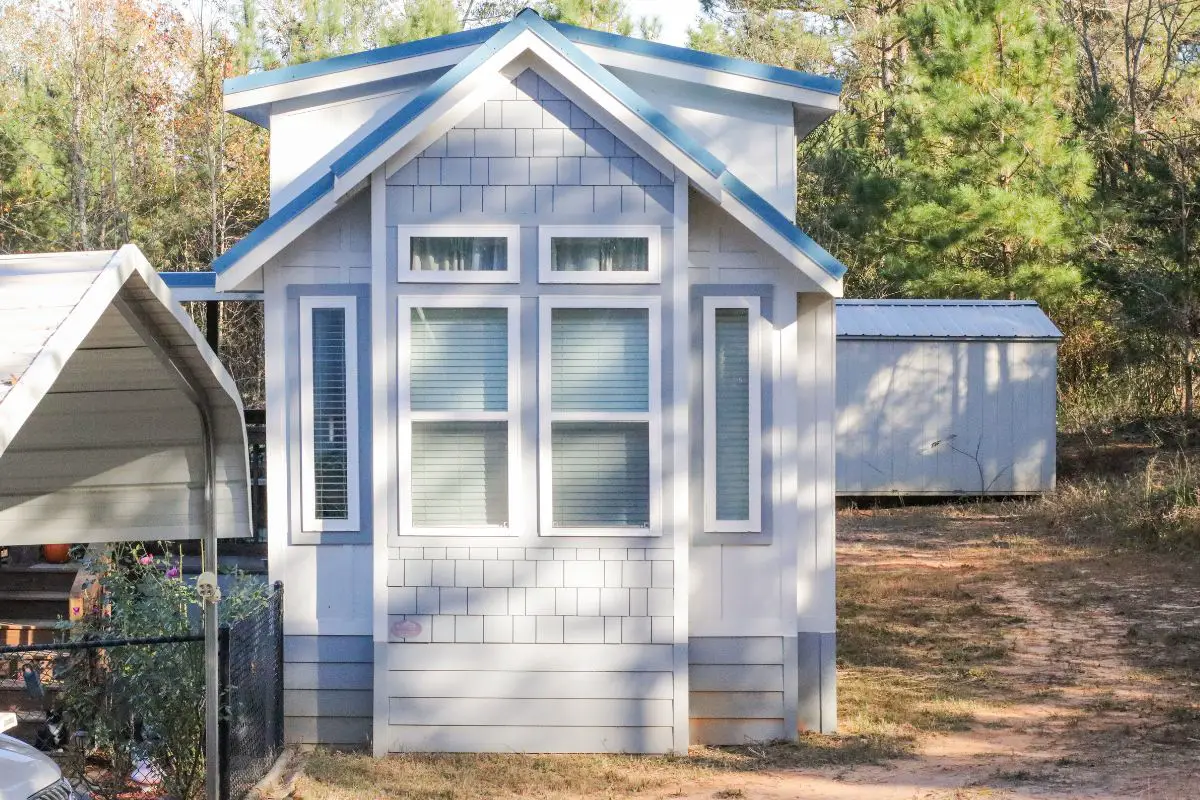If you’re planning to build your own home or do some major renovations on a property you already own, you may have seen some plans that include a mezzanine.

These are very common in larger buildings and especially in commercial or industrial buildings as they’re a great way to add some extra space and style to a large room.
However, if you don’t know exactly what a mezzanine is and what building one means, these plans might be confusing. It’s highly likely that you’ve seen mezzanines but just don’t know that’s what they are called.
In this article, we will take a closer look at what a mezzanine is, how it can be used, and what you need to consider if you decide to include one in your building plans.
Basic Facts About Mezzanines
A mezzanine is an intermediate level that exists between two existing floors. It’s not a new story or floor in its own right and won’t have its own stop on an elevator, for example, but it functions in many of the same ways that an independent floor will.
You will commonly find mezzanines on the first floor of industrial and commercial buildings where they can often house facilities such as coffee houses or break areas.
They can also be found on higher levels or in homes that are large enough to accommodate them.
There are no rules about how large a mezzanine level should be. They can be small spaces that serve a single purpose or larger spaces that are divided into multiple rooms.
When they’re used in residential spaces, it’s often in rooms or buildings that have high ceilings but limited floor space. You may find them in apartments, for example, where they are commonly used as a bedroom (see also “How Much Does It Cost To Add A Bedroom To A House?“) or office space.
How High Should A Mezzanine Be?
This is the main concern when deciding whether a mezzanine is right for your home or building. A mezzanine effectively cuts into the height of an existing room and for this reason, they’re not recommended for any rooms that have low ceilings.
If your ceiling is too low, the mezzanine will overwhelm the room and make it feel crowded instead of opening it up.
One occasion where a mezzanine can work in a room that has a lower ceiling is if it is intended to be a bedroom. As bedrooms are primarily for sleep, having a lower ceiling isn’t as important.
We don’t spend much time standing around in our bedrooms after all, and the space being smaller and confined is less of an issue.
If you’re looking at building a bedroom mezzanine, you may be able to utilize a mezzanine with a height of around four feet (1.2 meters.) This should be able to fit in a room that has an overall height of around 11.5 feet (3.5 meters.)
For office space, you should look at spaces much higher than this. We wouldn’t recommend building a mezzanine in any room that isn’t at least 8.5 feet (2.6 meters) tall.
Utilizing A Mezzanine In A Home
If you’re planning on using a mezzanine to open up some extra floor space in your home, there are some considerations you need to take into account first.
Mezzanines are very practical ways to make use of high ceilings and add floor space but you need to consider all of the aspects of the build before you begin.
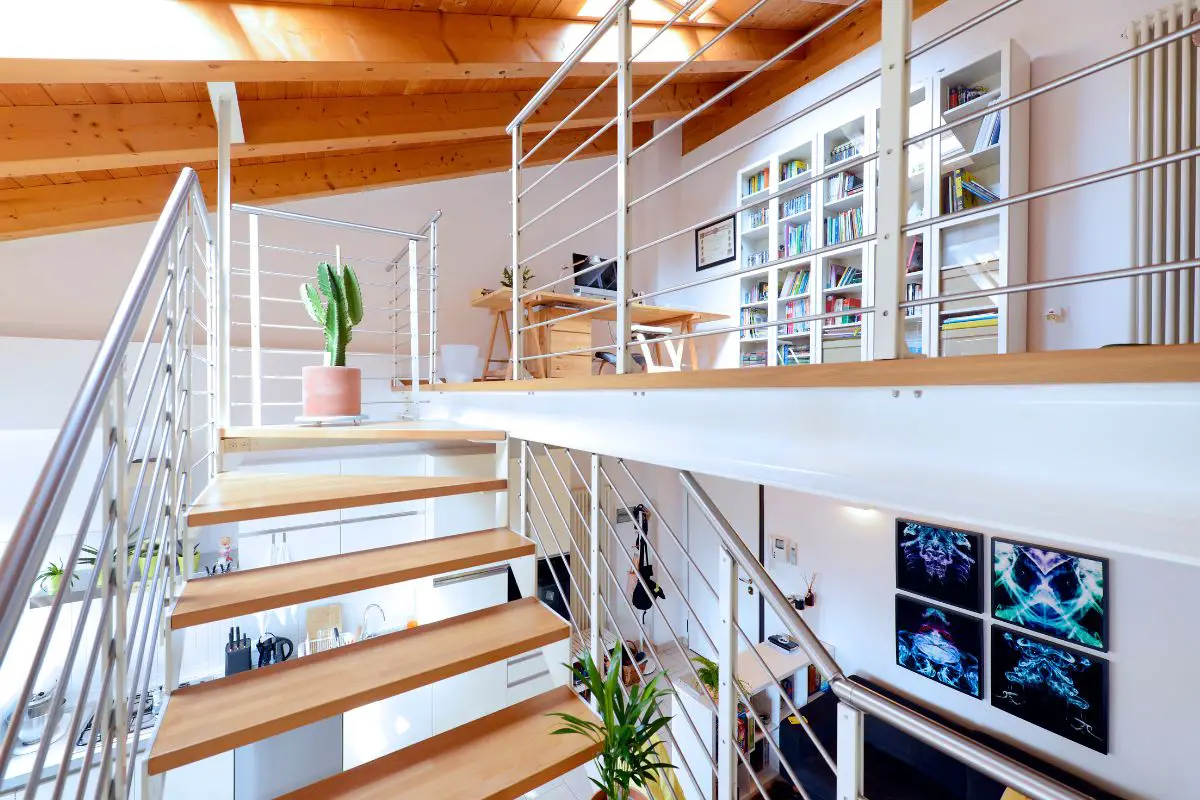
Stairs
As we stated earlier, mezzanines aren’t full stories of a house so they don’t come with access already built in. If you’re going to build a mezzanine in your home, you need to ensure that they have access and an entrance so that they can be reached.
The most typical way of accessing a mezzanine is through a flight of stairs. This means that you need to not only plan out the space for your mezzanine but also that you need to have the space to install some stairs to reach it.
If space is a concern, you should consider a winding staircase. You could also opt for a ladder if the mezzanine is only going to be accessed by people that can safely climb up and down a ladder.
Stairs are usually the best option, however, and for safety purposes, ensure that your stairs have a banister. This is especially important with winding staircases.
Railings
Another safety concern with a mezzanine level comes from the lack of walls surrounding the level. You should install railings around the edge of the mezzanine to prevent anyone from falling to the level below.
There are many different types of railings that you can choose from and you can match your railings to the decor of the house.
Some of the most popular types of railings for mezzanines are glass ones as this opens up the space and keeps the area looking light and airy. It gives the mezzanine a balcony effect.
Other popular types of railings for a mezzanine level include pony walls, metal railings, and wooden railings. You should consider matching the style of your railings to the barriers on your stairs as well.
Lighting
Lighting your mezzanine level well can make the difference between a mezzanine level that works and one that doesn’t. You also need to consider the area beneath the mezzanine level as well and ensure that it receives adequate lighting.
There are no rules about the best type of lighting for a mezzanine level. You can choose overhead lighting, wall lighting, floor lamps, or a combination of them all if you wish.
Just make sure that if your mezzanine is intended to be an office space, it has all of the light it needs.
Final Thoughts
In this article, we looked at what is a mezzanine and how it can fit into a home.
- What Kind of Room Has No Doors or Windows? - December 1, 2023
- What is a Powder Room? - December 1, 2023
- What Is a Kitchenette: Exploring the Features and Benefits of a Compact Kitchen - December 1, 2023


